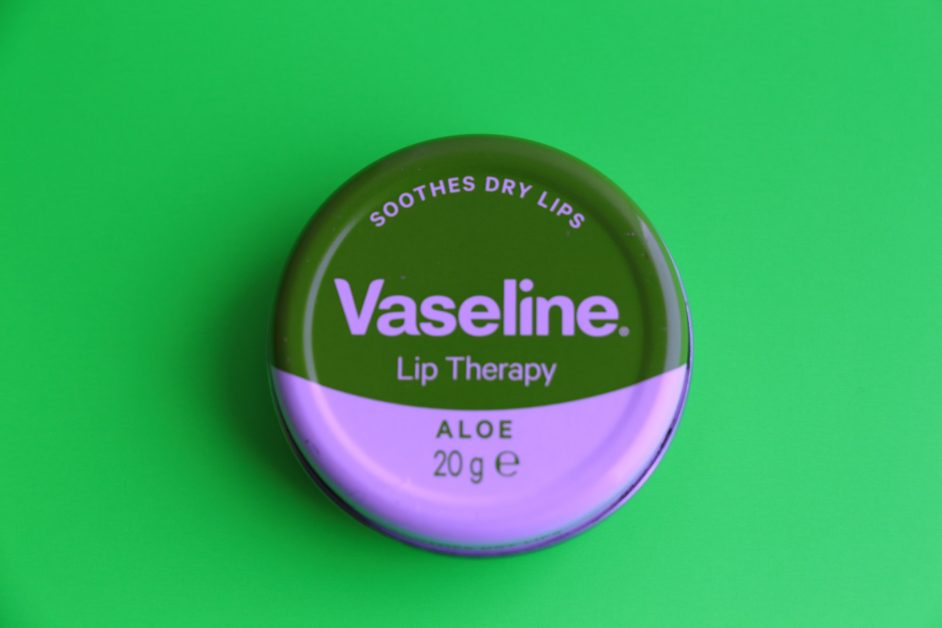Vaseline is a popular skin care product that is a brand name for the substance petroleum jelly. Unilever was actually the first company to ever market a product known as petroleum jelly and did so under the original Vaseline name and brand.
Vaseline is bought and used in large quantities around the world, but is it biodegradable? We find out in this article.
What is Vaseline?
Vaseline or petroleum jelly is a thick substance that is applied to the skin. As the name suggests, petroleum jelly is derived from crude oil and is a by-product of the oil refining process.
Petroleum jelly products are a combination of oils and waxes that are produced by distilling the jelly-like substance produced during crude oil refinement. It is then filtered to produce the product we know as petroleum jelly. Other common names for petroleum jelly include petrolatum and paraffin.
Petroleum jelly was originally created by a chemist named Robert Chesebrough in 1859. When crude oil is refined and collected, it leaves behind a gooey jelly-like residue. Robert saw oil rig workers use this jelly on their skin to treat burns, so Robert packaged it and marketed it as a skin care product.
Petroleum jelly is used in lip balm as well as other skin care products such as creams and lotions. This oil is designed to add oil and moisture to the skin and act as a barrier, protecting the skin from damage in harsh conditions such as low temperatures.
Is Vaseline Biodegradable?
No, it isn’t. Like all products and chemicals derived from petroleum or crude oil, Vaseline is not biodegradable.
The chemical composition of petroleum jelly prevents it from being broken down when it comes into contact with air or water. This means that bacteria and other microorganisms are not effective in degrading or consuming this chemical and have no impact on its chemical composition or integrity.
It would be undesirable for petroleum jelly to be biodegradable as it contains several chemicals that can cause harm to the natural environment in the same way that dumping oil or fuel in the sea does.
The most effective way of breaking down Vaseline is by using a chemical thinner that is designed to break down plastic. Acetone and paint thinner are good examples, but these chemicals are not environmentally friendly.
Rubbing alcohol is a slightly safer method of breaking down Vaseline, but the safest method would be to use another oil such as olive oil or canola oil which will dissolve petroleum jelly.
Is Vaseline Eco Friendly?
We don’t consider Vaseline to be environmentally friendly.
Firstly, it is a by-product of refining oil which is notoriously bad for the environment.
Secondly, Vaseline is directly harmful to the environment in the form of waste pollution as it is made from oil.
In reality, Vaseline is used in small quantities and is unlikely to be dumped into natural watercourses. Because of the nature of this product, only very small quantities of it should ever end up in the natural environment, limiting its overall potential impact.
Conclusion
Vaseline can safely be used with limited negative impact to our environment and eco system.
Vaseline is not biodegradable but this is not a disadvantage because of how we use Vaseline.
The plastic container that Vaseline is normally packaged in should be thoroughly cleaned and then recycled with other suitable plastic material. Vaseline is also packaged in metal tins which can be recycled.
